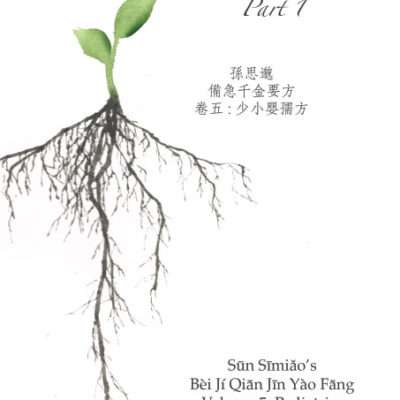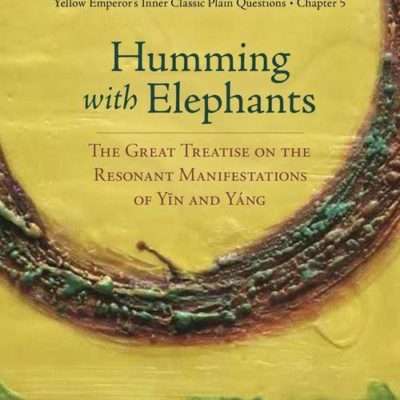Description
In Li Shizhen’s seminal treatise on the extraordinary vessels, he quotes the Song dynasty Daoist adept Zhang Boduan to whom was attested the following statement regarding the Yin Qiao vessel: “If one can grasp the Yin Qiao and allow qi to collect and disperse via this opening, then the gates of heaven will remain forever open and the gates of the underworld forever closed.” Yet in the Inner Canon, the Qiao vessels were mere collaterals whose master points were employed sparingly in a few eye and urinary-related diseases. What accounts for the vast difference between these two accounts and what is the true nature of the pathophysiology of the Qiao vessels? Through a wide-ranging analysis drawn from sources as disparate as Han Dynasty cranial anatomy and Song era internal alchemy manuals, An Archaeology reconstructs a vision of the Qiao vessels as envisaged by the theory-crafters and practitioners of antiquity, in the process unveiling a hidden geography of the body with deep connections to the spagyric anatomy of the internal alchemists.
Whether it is Will’s incisive analysis of the link between San Jiao and original qi, the fine details of Thousand-Li Water, or the identity of the grain used in Ban Xia Tang (one of the few herbal formulas in the Nei Jing), Will never fails to demonstrate a deep and admirable scholarship.
-Steven Clavey, author of Fluid Physiology and Pathology in Chinese Medicine





Reviews
There are no reviews yet.